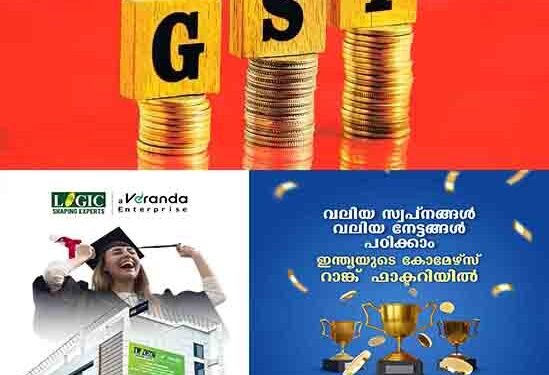India is set to simplify its Goods and Services Tax (GST) system with the introduction of GST 2.0, effective September 22, 2025. The revamp aims to reduce tax classification confusion and streamline compliance.
The new structure introduces a two-tier tax system:
5% for essential goods and services such as food grains and medicines
18% for standard goods and services, including manufacturing and transportation
40% special tax for sin and luxury items, such as tobacco, aerated drinks, and premium vehicles
This move will remove the current four-tier system of 5%, 12%, 18%, and 28%, which often led to disputes over classification. By eliminating the 12% slab, many middle-range products will become more affordable, benefiting the middle class.
Finance Minister Nirmala Sitharaman said this overhaul is aimed at making the tax structure more transparent and easier to comply with, ultimately driving higher disposable income and consumer spending.
GST 2.0: Simplified Tax Structure Overview
5% Tax Rate:
Food grains
Medicines
Daily-use items
18% Tax Rate:
Most standard goods and services (manufacturing, transport, etc.)
40% Tax Rate (Special de-merit rate for luxury and sin goods):
Tobacco
Pan masala
Aerated drinks
Premium vehicles
The new tax system is expected to boost economic growth, reduce inflation, and bring more clarity and fairness to the tax structure, especially for common consumers.






